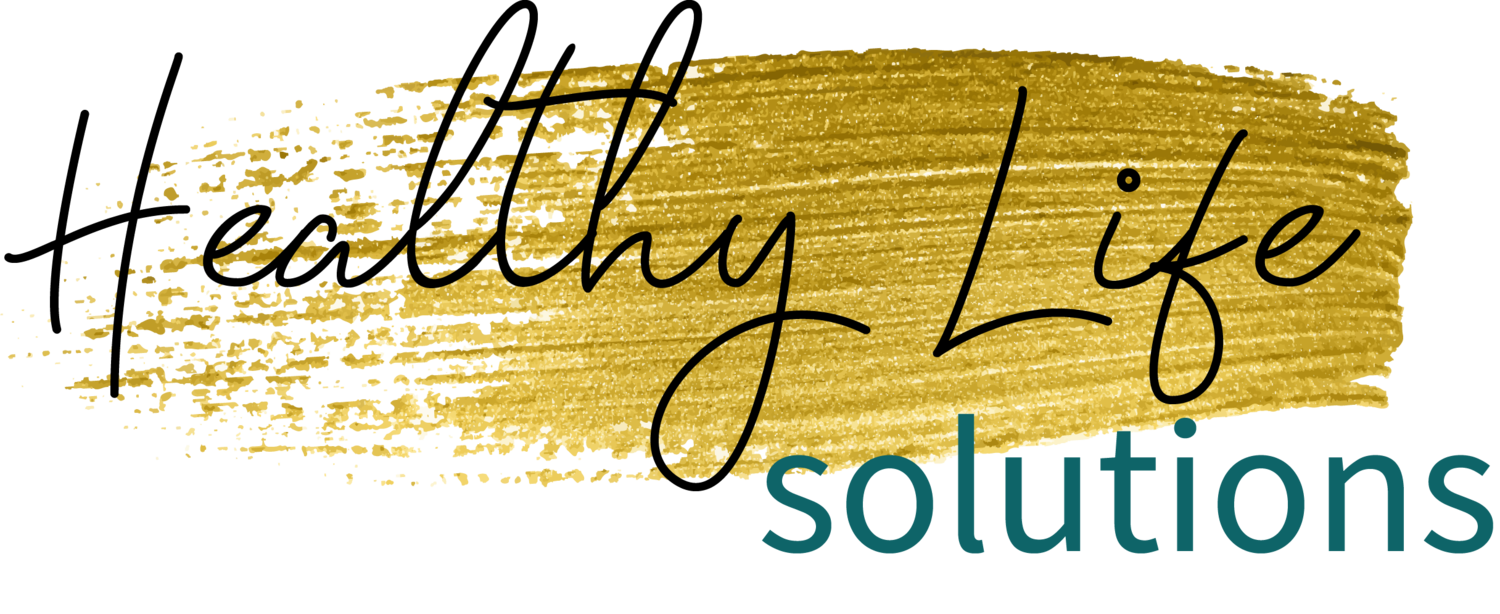Mullein is one of my favorite herbs to have on hand for winter. I used it often in our home while raising my children and now for my grandchildren. It is soothing for respiratory symptoms, coughing, drainage down the back of the throat, or earaches. Mullein, Verbascus thapsus, grows in fields and along the side of the road in Ohio. You may even find it in the crack of the driveway. It loves poor soil. Mullein is a biennial, which means it only lives for two years. The first year it grows in a simple rosette of soft, fuzzy, oblong leaves. The second year it sends up a tall stalk and blooms with tiny yellow flowers. Leave the stalk to release seeds for the next year.
You can use flowers, leaves, and roots for herbal medicine. I use the leaves the most, as an expectorant and bactericidal, wonderful for the respiratory system. Its long list of traditional herbal uses include: allergies, asthma, bronchitis, broken bones, coughs, croup, diarrhea, earaches, emphysema, swollen glands, lungs, swollen joints, and pain. It also has sedative properties. Mullein flowers can be used as an antiseptic for wounds, to prevent infection, and soothe nerve pain. I love to make earache oil from the flowers. I call it, “liquid gold”, because you have to go out each day to pick just a few flowers and save them up until you have enough to make the oil. Mullein roots have uses too – make into a tincture for bedwetting, symptoms of facial nerve pain, or for bones when something seems “out of joint”.
I have used mullein for swollen glands in the neck. Make a tea of the leaves, add peppermint and sweeten if you like, and drink a quart a day. Also make a strong tea to use externally on a cloth over the swelling. You will quickly see the lymphatic inflammation go down in the gland. You can also dip a whole fresh leave in hot water and use it as a poultice on the swelling.
I have seen mullein do wonders for people just out of the hospital with bronchitis or complications of COPD.Mullein tea makes a very inexpensive, safe, and effective herbal medicine! A favorite combination for use with asthma or other breathing difficulties is to use 3 parts mullein with 1 part lobelia in a tincture form. See Dr. Christopher’s writings to learn more about how to use mullein to help with breathing and opening up the bronchial airways.
Nature’s Sunshine has a terrific formula called ALJ. I use it and keep it as a staple in my herb cupboard. I like to make it into a glycerite tincture for my granddaughter, as she likes the taste of my homemade remedy better. This recipe is tried and true – it works! I use it as a decongestant/expectorant with colds and allergies. Here is how I make it.
Lisa’s Version of ALJ – In a pint jar place one-fourth cup of each herb: Boneset, Fennel Seeds, Fenugreek Seeds, Horseradish Root, and Mullein Leaves. In a large measuring cup mix together: One and one-third cup hot water with two-thirds cup vegetable glycerine. Pour the liquid over the herbs in the jar, make sure the herbs are covered well. Screw on lid. Let set for 2 weeks, shaking the jar daily. Strain and put liquid into a tincture bottle. Dose: 2 dropperfuls every 2 hours for an adult for 3 days, as you feel better reduce the dose to 3 times a day. May use once a day for more chronic allergies, usually in the morning. To figure a child’s dose, go by body size – half an adult size body gets half a dose (1 dropperful), a smaller child maybe one-fourth a dose or half a dropperful.
Directions for Earache Oil – Collect as many mullein flowers as you can, dry them slightly by laying them out for a few days on a plate. Place the wilted and dried flowers in a glass canning jar that is size appropriate to the amount of flowers you have gathered, they should only fill it halfway. Cover the flowers generously with olive oil. Screw on lid. Let set for 2 weeks, shaking daily. Strain and place in a tincture bottle with dropper. To use, warm the oil by setting the bottle in a glass of hot water, test the oil on your wrist. Place 3 drops warm oil in the ear, followed with half a cotton ball to keep it warm. Use as needed for the pain.
Take the time to gather your herbs, dry them, and make your tinctures and oils before you actually need them. Be prepared with these wonderful remedies at home. Save money, use less drugs, have less need for doctor’s appointments, and keep your family healthy! Call ME, your local herbalist, if you need help.


